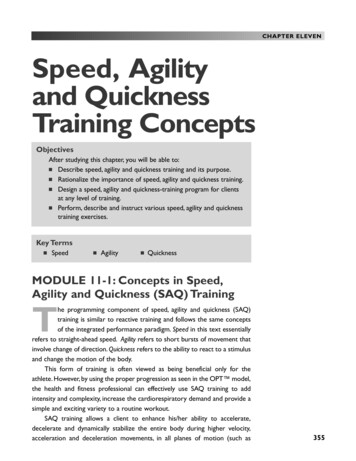
Transcription
CHAPTER ELEVENSpeed, Agilityand QuicknessTraining ConceptsObjectivesAfter studying this chapter, you will be able to: Describe speed, agility and quickness training and its purpose. Rationalize the importance of speed, agility and quickness training. Design a speed, agility and quickness-training program for clientsat any level of training. Perform, describe and instruct various speed, agility and quicknesstraining exercises.Key Terms Speed Agility QuicknessMODULE 11-1: Concepts in Speed,Agility and Quickness (SAQ) TrainingThe programming component of speed, agility and quickness (SAQ)training is similar to reactive training and follows the same conceptsof the integrated performance paradigm. Speed in this text essentiallyrefers to straight-ahead speed. Agility refers to short bursts of movement thatinvolve change of direction. Quickness refers to the ability to react to a stimulusand change the motion of the body.This form of training is often viewed as being beneficial only for theathlete. However, by using the proper progression as seen in the OPT model,the health and fitness professional can effectively use SAQ training to addintensity and complexity, increase the cardiorespiratory demand and provide asimple and exciting variety to a routine workout.SAQ training allows a client to enhance his/her ability to accelerate,decelerate and dynamically stabilize the entire body during higher velocity,acceleration and deceleration movements, in all planes of motion (such as355
Optimum Performance Training for the Health and Fitness Professionalrunning, cutting and changing direction). It may further help the nervous systemto respond or react more efficiently to demands placed upon it and enhancemuscular recruitment and coordination, when performed with correctmechanics.1SpeedSPEED:The ability to movethe body in oneintended directionas fast as possible.Speed is the ability to move the body in one intended direction as fast aspossible. It is the product of stride rate and stride length.2,3 Stride rate is thenumber of strides taken in a given amount of time (or distance). It may beimproved with proper core strength, reactive training and technique. Stridelength is the distance covered in one stride, during running. Research has foundthat optimum stride length at maximum velocity has a high correlation to leglength. It is approximately 2.1 to 2.5 times leg length.1,3,4 Speed is an ability thatcan be learned and trained for by following in integrated training program seenin the OPT model.5Proper Sprint MechanicsProper running mechanics allow the client to maximize forces generated bymuscles, so that maximum velocity can be achieved in the shortest possible time.This includes frontside and backside mechanics. Frontside mechanics is theemphasis on triple flexion of the front leg. Triple flexion includes the actions of: Ankle dorsiflexion,Knee flexion,Hip flexion andKeeping the lumbar spine neutral.Backside mechanics is the emphasis on triple extension of the back leg.Triple extension includes the actions of: Ankle plantarflexion,Knee extension,Hip extension andKeeping the lumbar spine neutral.Agility356Agility is the ability to start (or accelerate), stop (or decelerate andstabilize) and change direction quickly, while maintaining proper posture.6 Thisrequires high levels of neuromuscular efficiency because the client is constantlyregaining a center of gravity over his/her base of support, while changingdirections, at various speeds.
Agility training can enhance eccentric neuromuscular control, dynamicflexibility, dynamic postural control, functional core strength andproprioception. Proper agility training can also help to prevent injury byenhancing the body’s ability to effectively control eccentric forces in all planesof motion as well as by improving the structural integrity of the connectivetissue. Proper technique for agility drills should follow the guidelines seen inTable 11-1.QuicknessQuickness (or reaction time) is the ability to react and change bodyposition with maximum rate of force production, in all planes of motion andfrom all body positions, during functional activities. Quickness involves theability to react to visual, auditory, and kinesthetic feedback during functionalactivities with minimal hesitation. Proper technique for quickness drills shouldfollow the guidelines seen in Table 11-1.Table 11-1: Kinetic Chain Checkpoints during Running MovementsBody PositionCommentsCHAPTER ELEVENSpeed, Agilityand QuicknessTraining ConceptsAGILITY:The ability toaccelerate,decelerate, stabilizeand changedirection quickly,while maintainingproper posture.QUICKNESS:The ability to reactand change bodyposition withmaximum rate offorce production, inall planes of motion,from all bodypositions, duringfunctional activities.Foot/Ankle Complex The foot/ankle should be pointing straight aheadin a dorsiflexed position when it hits the ground.Excessive flattening or external rotation of thefoot will create abnormal stress throughout therest of the kinetic chain and decrease overallperformance.Knee ComplexThe knees must remain straight ahead. If theathlete demonstrates excessive adduction andinternal rotation of the femur during the stancephase, it decreases force production and leadto overuse injuries.Lumbo-pelvic-hipComplexThe body should have a slight lean duringacceleration. During maximum velocity, thelumbo-pelvic-hip complex should be fairly neutral,without excessive extension or flexion, unless toreach for an object.HeadThe head should remain in line with the lumbopelvic-hip complex and the lumbo-pelvic-hipcomplex should be in line with the legs.Thehead/neck should not compensate and moveinto extension, unless necessary to track anobject (such as a ball) as this can affect theposition of the lumbo-pelvic-hip complex(pelvo-occular reflex).357
Optimum Performance Training for the Health and Fitness ProfessionalMODULE 11-1 SummarySimilar to reactive training, the programming component of speed, agilityand quickness (SAQ) training follows the same concepts of the integratedperformance paradigm. It can add intensity, complexity, cardiorespiratorydemand and variety to a routine workout for regular clients as well as athletes.It enhances proprioceptive acceleration, deceleration and dynamic stabilizationof the entire body, during higher velocity movements.Speed is the ability to move the body in one intended direction as fast aspossible. It is the product of stride rate and stride length. It can be learned andtrained for. Proper running mechanics (including frontside and backsidemechanics) allow an athlete to maximize forces generated by muscles, so thatmaximum velocity can be achieved in the shortest possible time.Agility refers to short bursts of movement that involve change ofdirection. It is the ability to start, stop and change direction quickly, whilemaintaining proper posture. High levels of neuromuscular efficiency arerequired. It can help to prevent injury by enhancing control of eccentric forcesin all planes of motion.Quickness is the ability to react to a stimulus and change the motion ofthe body, with maximum rate of force production, in all planes of motion andfrom all body positions, during functional activities. Reactions are based onvisual, auditory and kinesthetic feedback and require minimal hesitation.MODULE 11-1 Quiz1. Research has found that optimum stride length at maximum velocity isapproximately how many times leg length?1.1 - 1.52.1 - 2.53.1 - 3.54.1 - 4.52. Proper agility training can help to prevent injury by improving thestructural integrity of connective tissue.TrueFalse3. include the actions of ankle plantarflexion, kneeextension, hip extension and keeping the lumbar spine neutral.Frontside mechanics358Backside mechanics
MODULE 11-2:SAQ Drills and Programming StrategiesCHAPTER ELEVENSpeed, Agilityand QuicknessTraining ConceptsIt must be stressed that the programming guidelines presented in Table11-2 are only suggestions and should be gauged on the total volume of trainingfor all components (core, balance, reactive and resistance) in a workout. Thesuccess of a SAQ program is also dependent upon the client’s core, balance andreactive capabilities.The higher these capabilities, the better and safer results aclient will enjoy from his/her program. All exercises should be performed withprecise technique and kinetic chain control, to minimize risk of injury.SAQ Speed Ladder Drills One-insTwo-insSide shuffleIn-in/Out-outSide In-in/Out-outIn-in-out (Zigzag)Ali ShuffleAli CrossoverW WeaveOne-insSide Shuffle StartTwo-insSide Shuffle Movement359
Optimum Performance Training for the Health and Fitness ProfessionalIn-in/Out-out StartSide In-in/Side Out-outIn-in-out (Zigzag)Ali ShuffleAli CrossoverW Weave360In-in/Out-out Movement
CHAPTER ELEVENSpeed, Agilityand QuicknessTraining ConceptsSAQ Cone Drills5-10-5 DrillBox DrillT-DrillL.E.F.T. Drill361
Optimum Performance Training for the Health and Fitness ProfessionalTable 11-2: SAQ Program DesignOPT LevelStabilizationPhase(s)12ExerciseSets RepsRestNonen/an/an/aHalfladder*0-60 sec.4-6 Speed ladder drills 1-21-2 cone drillsStrengthPower1-23456-9 Speed ladder drills 3-466-9 Speed ladder drills 3-672-4 cone drills1-2 cone drills0-90 sec.Halfladder*2-33-60-60 sec.0-90 sec.Halfladder*0-60 sec.0-90 sec.* Most speed ladders come in two sections that snap together. Half of a speed ladder consists ofusing only one section.Filling in the TemplateTo fill in the program template (Figure 11-1), go to the section labeledSpeed, Agility and Quickness. You will then refer to Table 11-2 for theappropriate type of exercises (ladder and/or cones), the appropriate number ofexercises and the appropriate acute variables specific to the phase of trainingyour client will be working in (1-7).362
CHAPTER ELEVENSpeed, Agilityand QuicknessTraining ConceptsFigure 11-1: OPTTM Template363
Optimum Performance Training for the Health and Fitness ProfessionalMODULE 11-2 SummaryProgramming guidelines must be gauged on the total volume of training forall components in a workout. A client’s core, balance and reactive capabilitieswill determine the success and safety of the program. Precise technique andkinetic chain control are required to minimize risk of injury. Various speedladder and cone drills may be used in programming.MODULE 11-2 Quiz1. What kind of SAQ exercises would you choose for a client inPhase 1 of the OPTTM model?2. What is the recommended rest period for ladder drills?References1. Brown LE, Ferrigno VA, Santana JC. Training for speed, agility, and quickness. Champaign,IL: Human Kinetics; 2000.2. Luhtanen P, Komi PV. Mechanical factors influencing running speed. Biomechanics VI-B.In:Asmussen E, Jorgensen K (ed). Baltimore: University Park Press; 1978. pp. 23-29.3. Mero A, Komi PV, Gregor RJ. Biomechanics of sprint running. Sports Med1992;13(6):376-92.4. Leierer S.A guide for sprint training. Athl J 1979;59(6):105-6.5. McFarlane B. Developing maximal running speed. Track Field Q Rev 1985;83(2):4-9.6. Parsons LS,Jones MT.Development of speed,quickness and agility for tennis athletes.Strength Cond J 1998;20:14-9.364
Filling in the Template To fill in the program template (Figure 11-1), go to the section labeled Speed, Agility and Quickness. You will then refer to Table 11-2 for the appropriate type of exercises (ladder and/or cones),the appropriate number of exercises and the appropriate acute variables specific to the phase of training your client will be working in (1-7). 363 CHAPTER ELEVEN Speed .

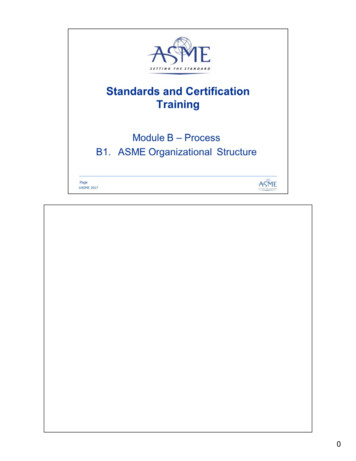
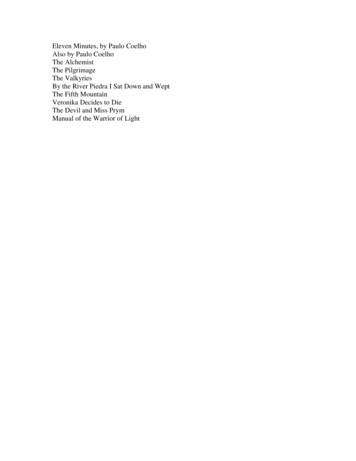
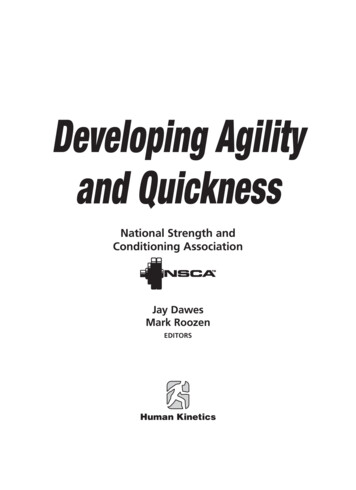
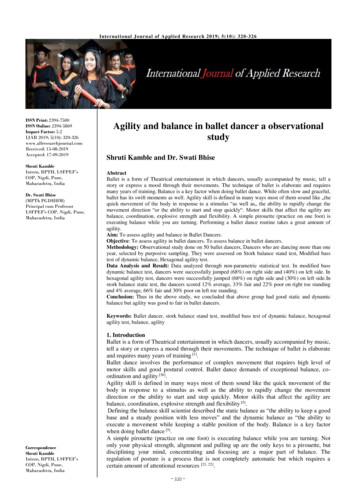

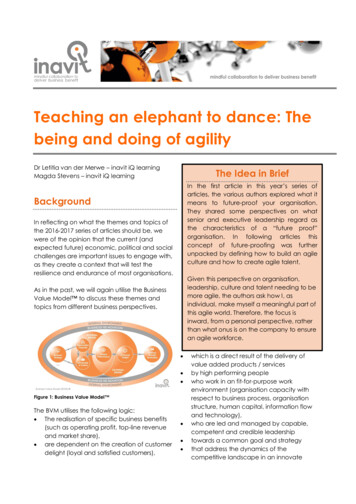



![Josh Smith - Agility [Read-Only]](/img/8/disaster-planning.jpg)
